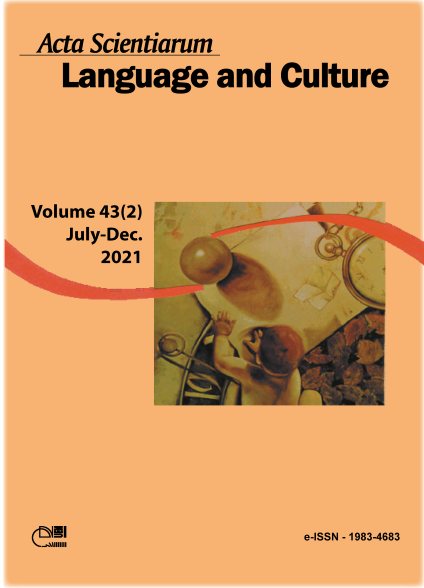The communicative status of clauses with pero: an analysis from the perspective of Functional Discourse Grammar
Abstract
This article aims to investigate, from the perspective of Functional Discourse Grammar (Hengeveld & Mackenzie, 2008), the functional motivations of clauses introduced by pero and to discuss the communicative status of the clauses introduced by that conjunction, which represents an argumentation strategy in the terms of Ascombre and Ducrot (1977). According to Hengeveld and Mackenzie (2008), the conjunction equivalent to pero, but, in English, acts between two Discursive Acts with different status, in which one is Subsidiary, the one presenting the rhetorical function Concession (Conc), and the other, Nuclear. This means that the Nuclear Act, from the Speaker's point of view, contains the most important communicative information, which is encoded, according to the model, by pero at the Morphosyntactic Level. The results show that the uses of pero show pragmatic purposes. The The data shows that pero acts at the highest levels of the Interpersonal Level, the Discursive Act and the Movement. The research universe is the PRESEEA corpus (Project for the study of Spanish in Spain and America), with examples from the cities of Granada and Alcalá de Henares, in Spain.
Downloads
DECLARATION OF ORIGINALITY AND COPYRIGHTS
I Declare that current article is original and has not been submitted for publication, in part or in whole, to any other national or international journal.
The copyrights belong exclusively to the authors. Published content is licensed under Creative Commons Attribution 4.0 (CC BY 4.0) guidelines, which allows sharing (copy and distribution of the material in any medium or format) and adaptation (remix, transform, and build upon the material) for any purpose, even commercially, under the terms of attribution.
Read this link for further information on how to use CC BY 4.0 properly.




















6.png)









